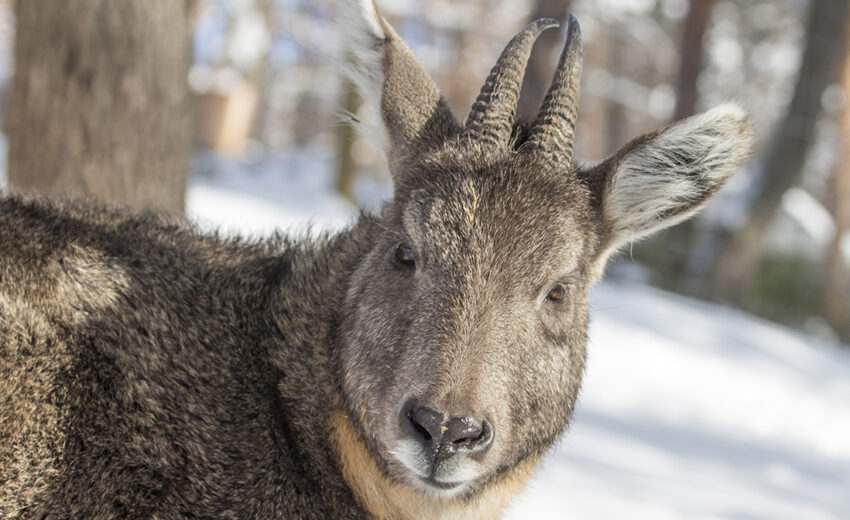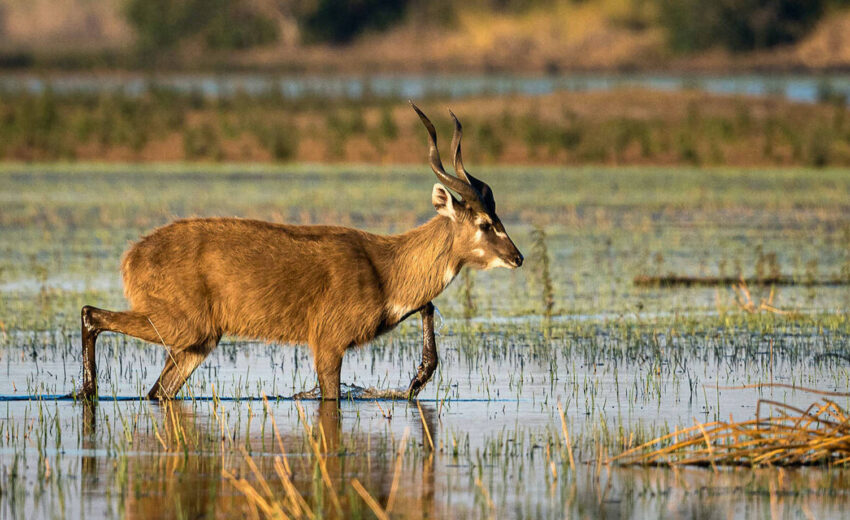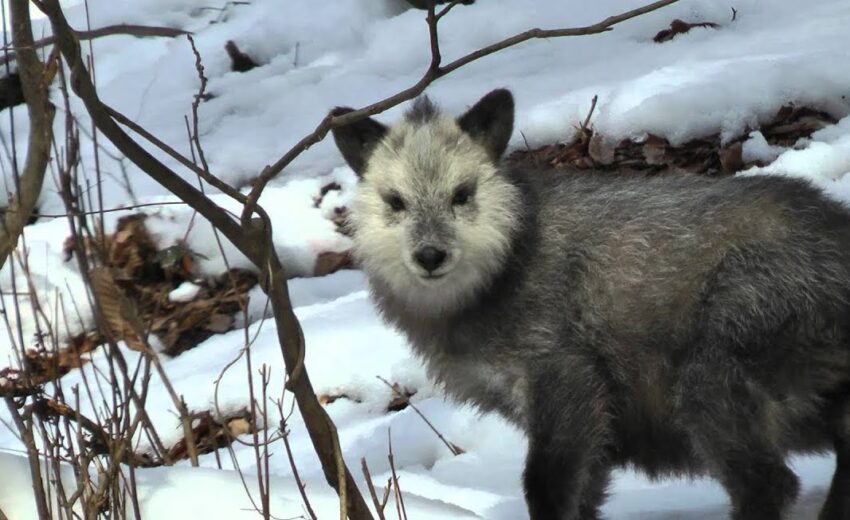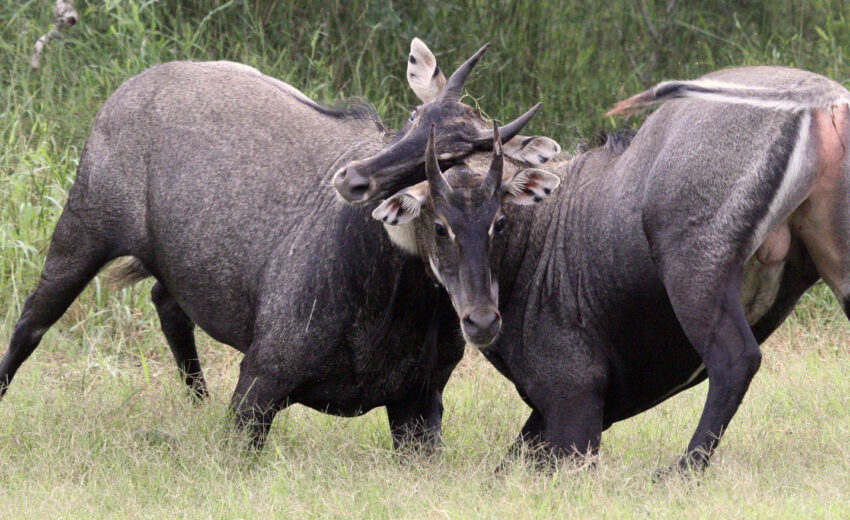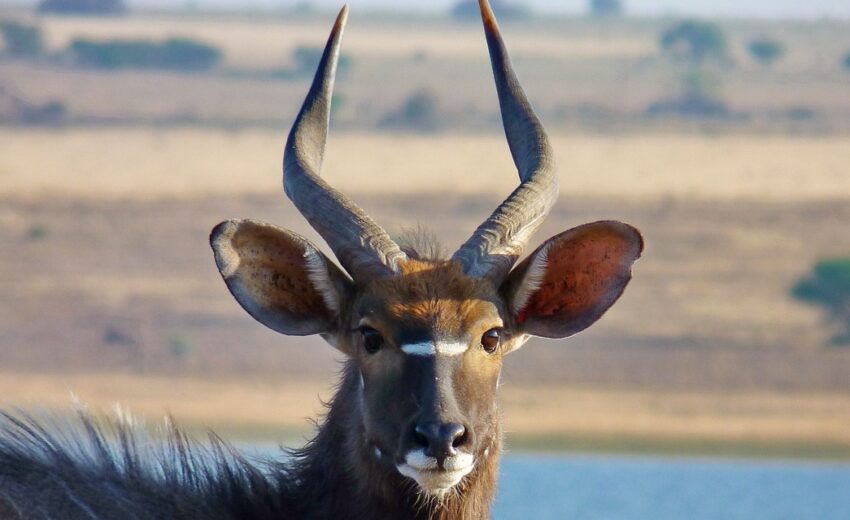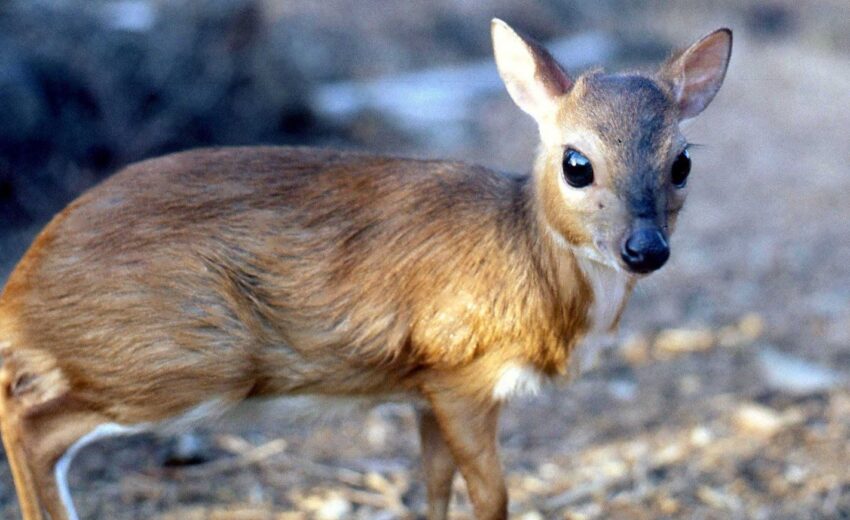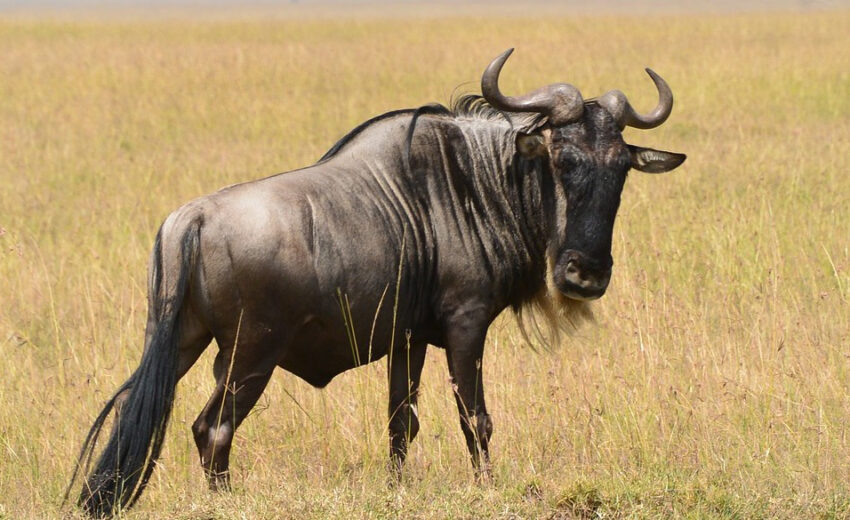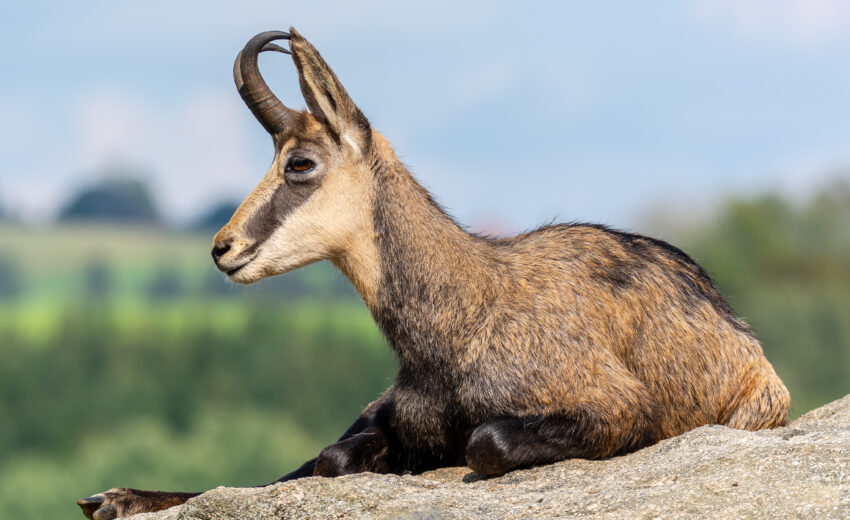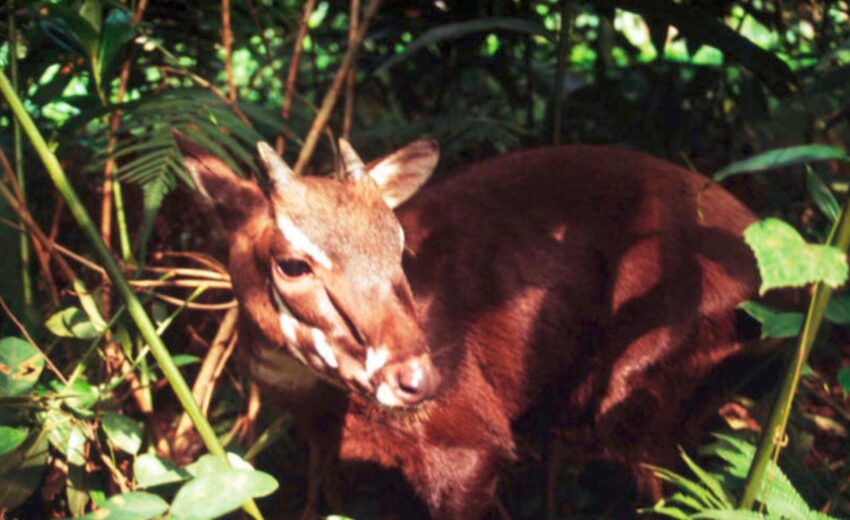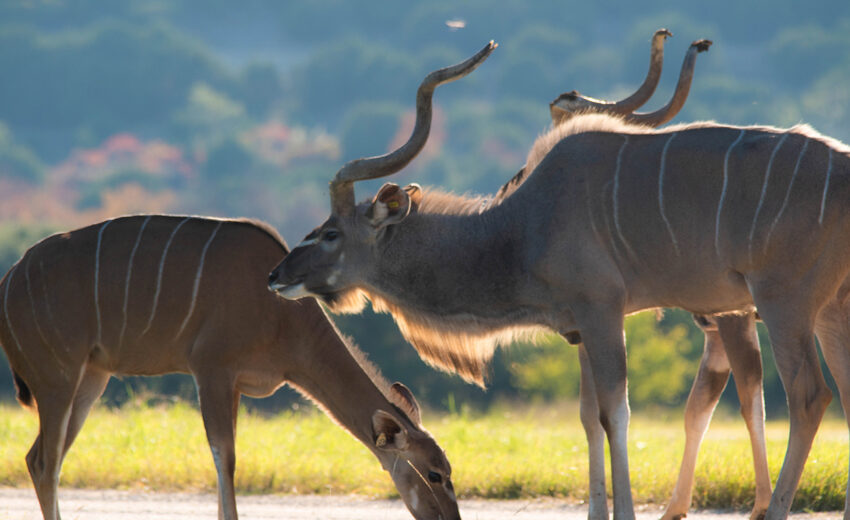The goral is a critter that looks like a cross between a goat and an antelope. There are 4 known species that can be found in China, India, and Nepal. They prefer sparsely vegetated
- Zoology
- Daily Critter Facts
- For Teachers
- Study Guides
- Animal Diseases & Parasites
- Contact

